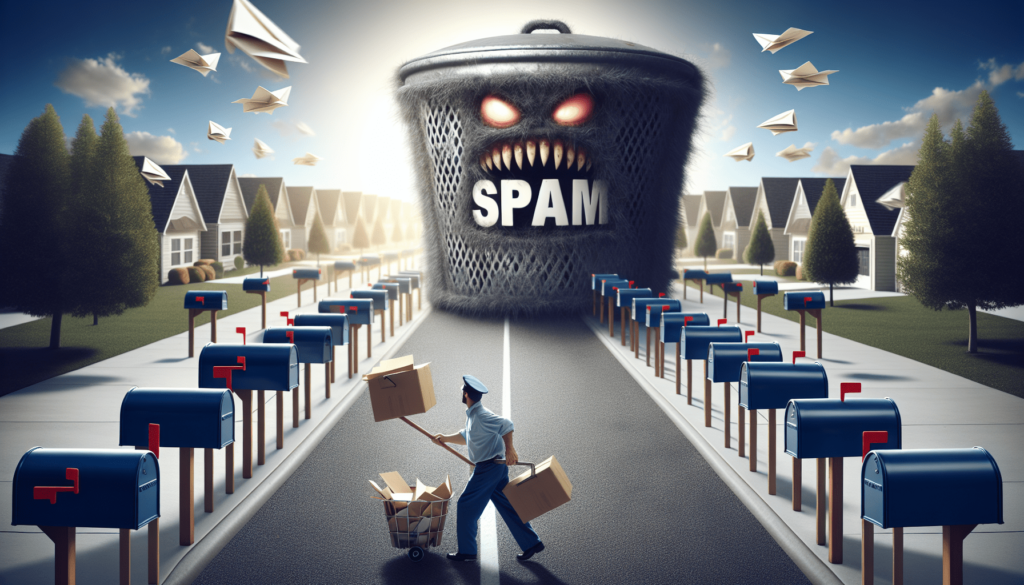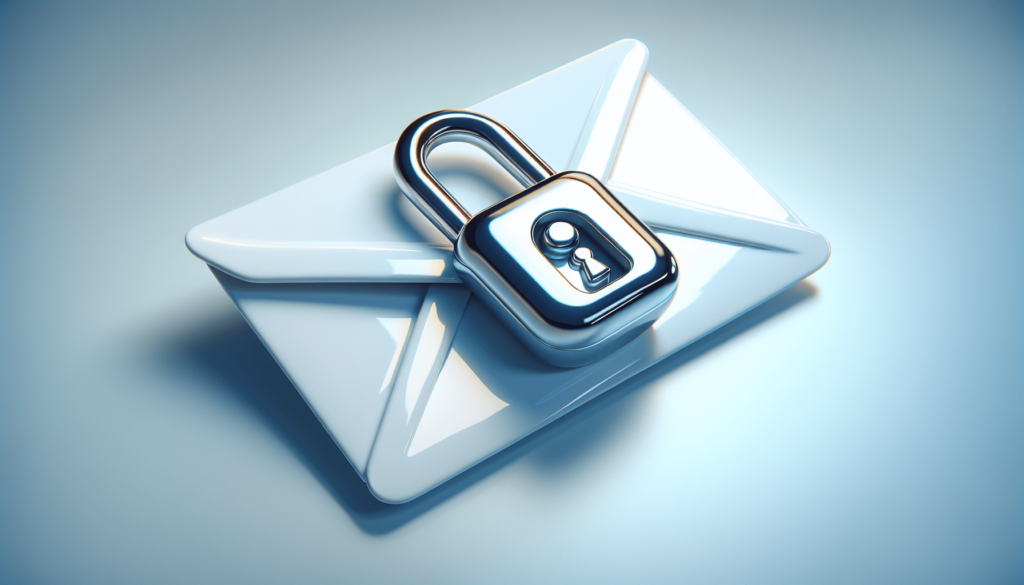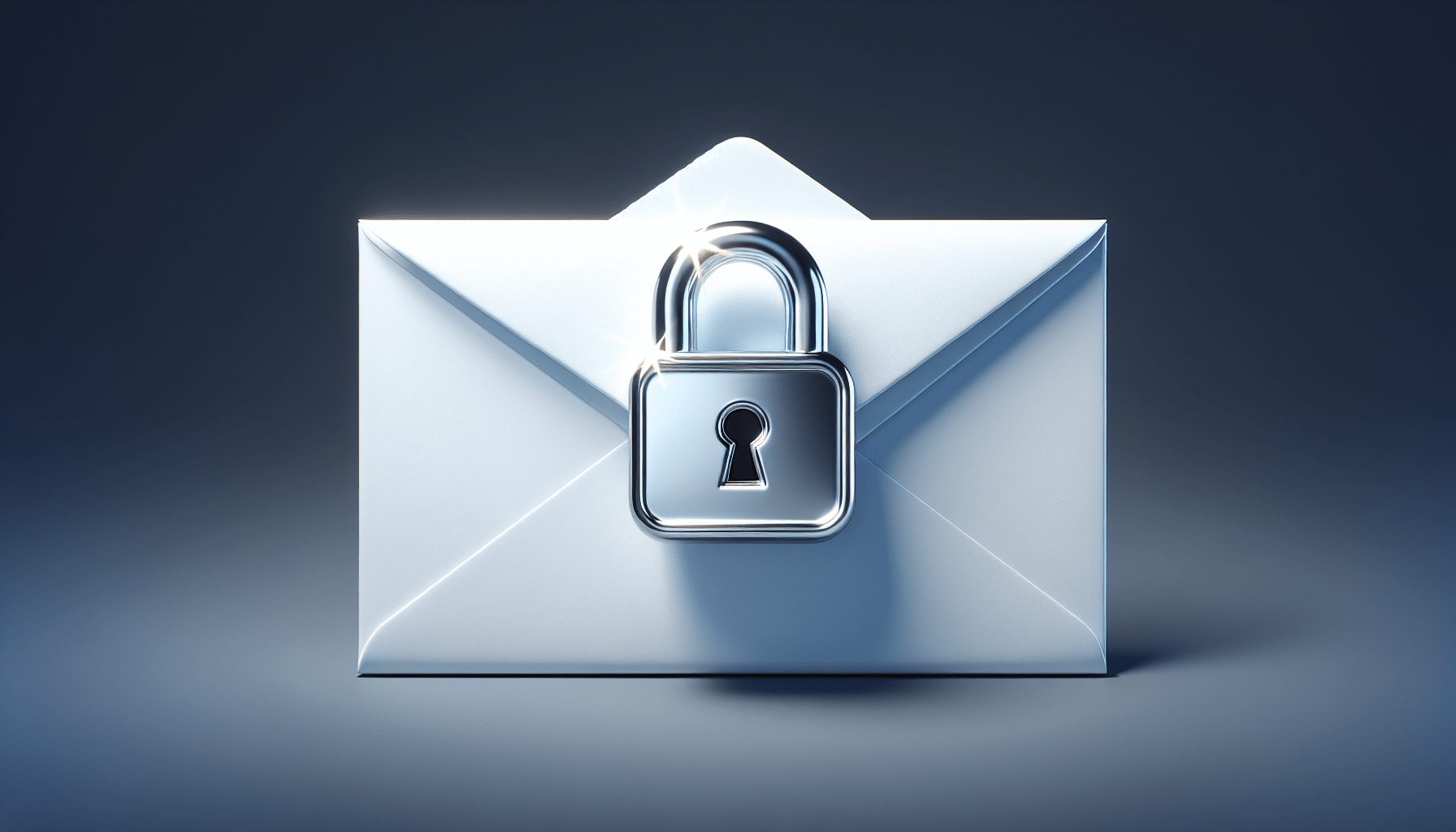Sending emails is a crucial part of effective communication in today’s digital world. However, it can be quite frustrating when your carefully crafted emails end up in the recipient’s spam folder, never to be seen or opened. In this article, you will discover some valuable tips and tricks to ensure that your emails reach the intended inbox and avoid the dreaded fate of being labeled as spam. With these simple yet effective methods, you can improve your email deliverability and increase the chances of your messages being read and acted upon.
Use a reputable email service provider
When it comes to sending emails, it’s important to choose a reputable email service provider (ESP). This is because a trusted provider will not only ensure the deliverability of your emails but also maintain a good reputation. When selecting an ESP, consider factors such as their reputation in the industry and their deliverability rates. Look for reviews and recommendations from other users to make an informed decision. By choosing a trusted provider, you can have peace of mind knowing that your emails are more likely to reach the intended recipients’ inbox and avoid the dreaded spam folder.
Build a quality email list
Having a quality email list is crucial for successful email deliverability. To build a quality list, it’s important to obtain consent from individuals before sending them emails. This can be done through opt-in forms on your website or other channels. Avoid purchasing or renting email lists, as the emails on these lists may not have given their consent to receive emails from you. This can lead to high bounce rates and spam complaints, negatively impacting your email deliverability. Additionally, regularly clean your email list by removing inactive or non-responsive email addresses. This helps to maintain an engaged and responsive subscriber base.

Personalize your emails
People appreciate personalized emails that feel tailored specifically to them. Addressing recipients by their names adds a personal touch and makes them feel valued. Segmenting your email list based on factors such as demographics, interests, or purchase history allows you to send targeted and relevant content to different groups of subscribers. By tailoring your emails to match the interests and preferences of your subscribers, you increase the chances of them engaging with your content and avoiding the spam folder.
Craft compelling subject lines
Subject lines play a critical role in whether your emails get opened or end up in the spam folder. Keep your subject lines concise and relevant to the content of your email. Avoid using spam trigger words or excessive punctuation, as this can trigger spam filters. Personalization can also be effective in grabbing attention. Including the recipient’s name or other relevant information in the subject line can make your email stand out and increase the likelihood of it being opened.

Use a reputable sending domain and IP address
The reputation of your sending domain and IP address can have a significant impact on your email deliverability. Monitoring and maintaining a good reputation is crucial to avoid being flagged as spam by ISPs. Avoid sharing IPs with spammers, as this can tarnish your reputation and negatively affect the deliverability of your emails. Authenticate your emails with Sender Policy Framework (SPF), DomainKeys Identified Mail (DKIM), and Domain-based Message Authentication, Reporting, and Conformance (DMARC). These authentication methods help ensure that the emails sent from your domain are verified and legitimate.
Provide clear and recognizable sender information
When sending emails, it’s important to provide clear and recognizable sender information. Use a sender name that is easily recognizable by your recipients, as this can increase trust and the likelihood of your emails being opened. Additionally, ensure that the email address used matches the sender name. Avoid using generic email addresses such as “noreply” or “info,” as they can appear impersonal and increase the chances of your emails being marked as spam.

Avoid spam-like email content
Certain email content can trigger spam filters and cause your emails to be flagged as spam. Avoid excessive capitalization or the use of excessive exclamation marks, as these can appear spammy. Similarly, using too many images or large attachments in your emails can give the impression of a spam message. It’s a good practice to include a text version of your email alongside any HTML content to ensure compatibility with different email clients and avoid being marked as spam.
Include a visible unsubscribe link
It’s essential to make it easy for recipients to opt-out of receiving further emails from you. Including a visible and clearly labeled unsubscribe link at the bottom of your emails is not only a best practice but also a legal requirement in many countries. By providing an easy way for recipients to opt-out, you demonstrate respect for their preferences and reduce the likelihood of your emails being marked as spam. Furthermore, it’s important to honor unsubscribe requests promptly to maintain a good reputation and compliance with anti-spam laws.

Test and monitor email deliverability
Regularly checking for deliverability issues is crucial to ensuring your emails reach the intended recipients’ inbox. Use email deliverability tools to analyze your emails before sending them out. These tools can help you identify any issues with your content, subject lines, or sender reputation that might impact deliverability. Monitoring spam complaint rates is also important to gauge how well your emails are being received by recipients. By testing and monitoring email deliverability, you can proactively address any issues and make necessary adjustments to improve your chances of avoiding the spam folder.
Follow email best practices
Following best practices is key to maintaining a positive sender reputation and avoiding the spam folder. Avoid deceptive practices such as misleading subject lines or false claims in your emails. Respect anti-spam laws and regulations, ensuring that you have the necessary permissions and consents to send emails. Provide a clear and easily accessible privacy policy on your website, outlining how you handle subscriber information. Lastly, maintain an engaged and responsive subscriber base by regularly interacting with your audience and responding to their inquiries or feedback.
By incorporating these strategies into your email marketing efforts, you can significantly reduce the chances of your emails ending up in the spam folder. Remember to choose a reputable email service provider, build a quality email list, personalize your emails, craft compelling subject lines, use a reputable sending domain and IP address, provide clear and recognizable sender information, avoid spam-like email content, include a visible unsubscribe link, test and monitor deliverability, and follow email best practices. With a proactive and strategic approach, your emails are more likely to reach your recipients’ inbox and have a greater impact on your audience.

